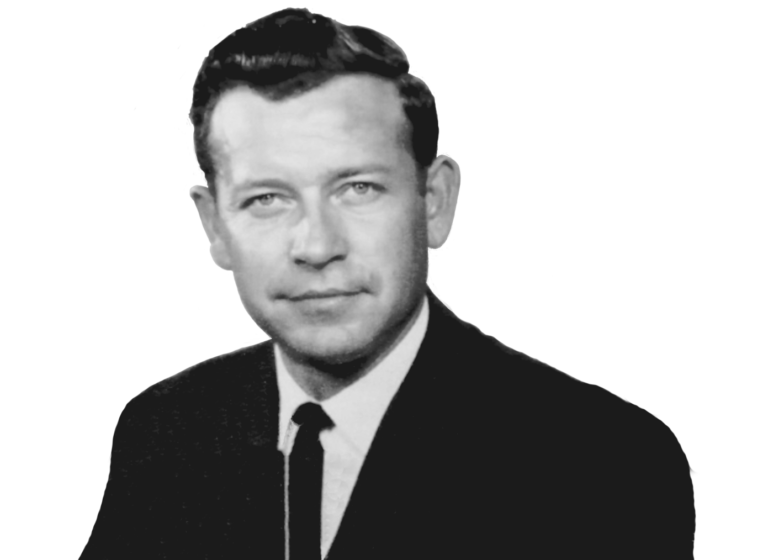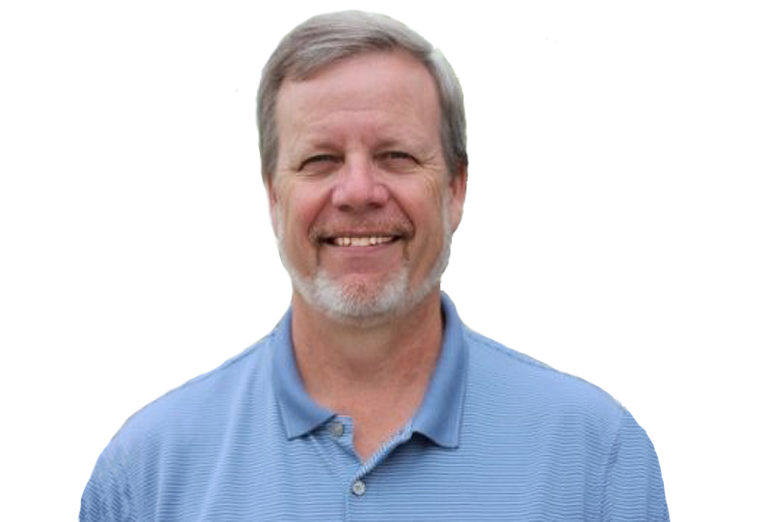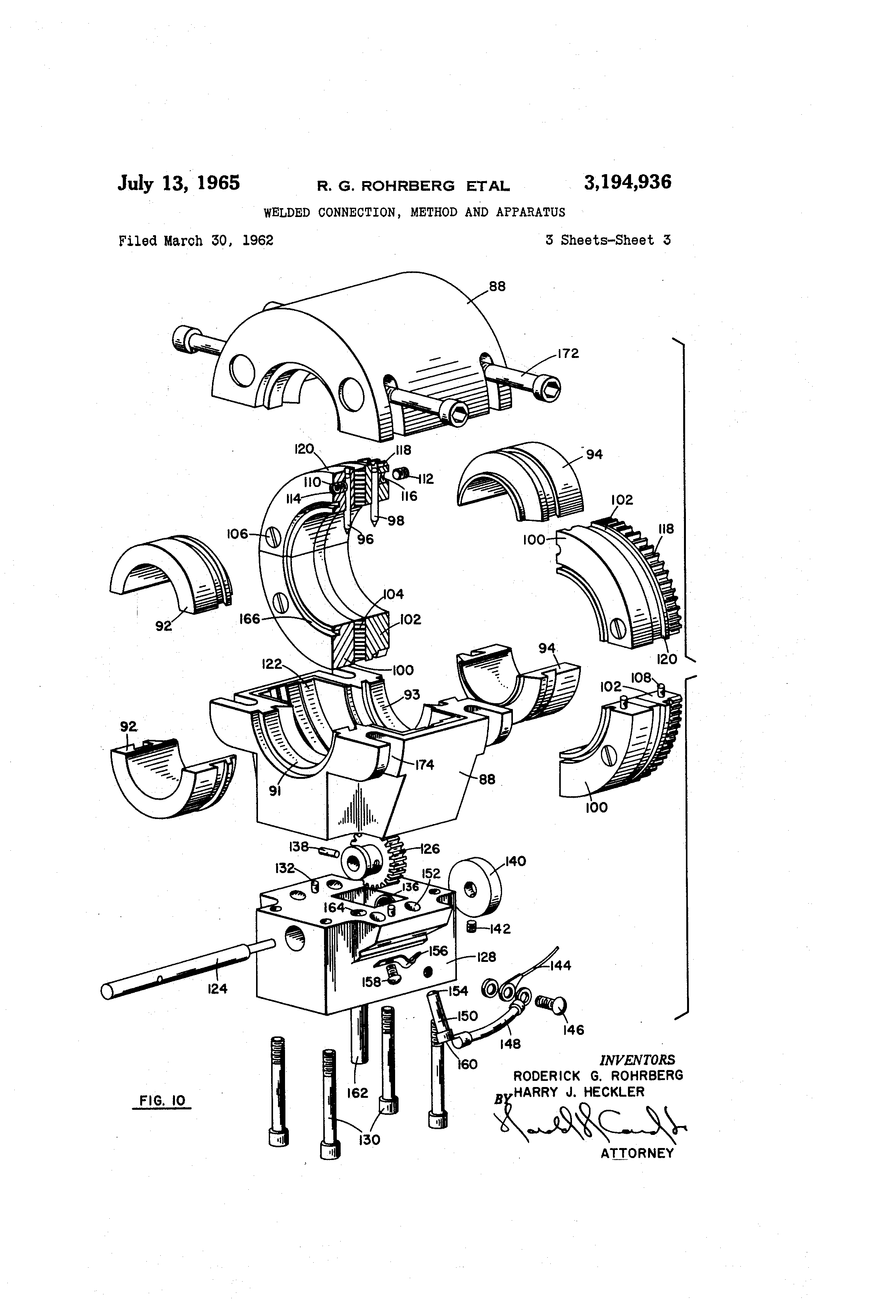The Father of Orbital Tube Welding
By Timothy K. Rohrberg
The year was 1957. Walter Spivak, the chief engineer at North American Aviation’s Los Angeles Division, convened a meeting to discuss the X-15 Rocket Research plane. The X-15 was designed to fly at speeds of 4,500 miles per hour and reach altitudes of over 350,000 feet to investigate all aspects of piloted hypersonic flight.
Invited to the meeting were representatives from several of the design and manufacturing departments. Also attending the meeting was legendary test pilot Scott Crossfield. Scott would be the first pilot to fly the cutting edge plane. Scott was in the meeting to express his concern about fuel and hydraulic fluids weeping and leaking in and around the plumbing of the 12,000-pound thrust rocket engine. There were about 30 engineers and others lining the walls in a horseshoe shape around the conference room. After Crossfield made his plea to fix the potentially catastrophic leaks, Spivak asked if there were any ideas on how to solve this very serious problem. After what seemed like an eternity, Rod Rohrberg a member of the producibilities group, blurted out “Why don’t we Automatically Weld It”. This stunned his contemporaries as Rod was only 32 years old and had yet to distinguish himself at North American.
Spivak looked around the room and asked are there any other ideas? When no one else spoke up, Spivak looked and pointed at Rod and said you’ve got two weeks to get me a proposal. When Rods manager found out what Rod had said in the meeting, he said “you committed us to what!” Rod sketched out a couple ideas and some rough timelines to accomplish the goal. He also submitted a list of equipment, facilities and personnel that would be needed. He presented the proposal to Spivak and other top management in Spivak’s office. Rod said it was pretty funny to watch the group read and talk to each other about the content of the proposal. After about 15 minutes Spivak asked the group what they thought about the proposal. Rod said they each had a chance to grunt and nod their heads. Spivak then said “ok let’s do it” and with that, the project was off the ground.
It took Rod about 3-4 weeks to design and fabricate the first test unit. The proof of concept welding apparatus was a crude devise that utilized a Bridgeport mill for the drive mechanism. A stationary tube was mounted in an insulated housing. The housing contained a race track that had an electrode shuttle mounted in it. The shuttle had a power cable attached to it, with the other end connected to a power supply. The housing was mounted to the mill table and the power cable was attached to the mill spindle. The electrode moved around the tube by turning the X-axis handle away from the spindle. This moved the housing away from the spindle and in turn pulled the shuttle around the tube. The housing also served as a means to contain the argon gas and provide a ground path.
It took several attempts to strike and maintain an arc. Once the arc was stable, Rod turned the mill handle and pulled the electrode around the tube making the first in place orbital weld. With this crude devise Rod validated his vision of making an automatic weld.
Rod made this proof of concept weld on October 4, 1957. This was a stark reminder of the cold war, as this was the same day that the Soviet Union launched the first artificial satellite named Sputnik into low earth orbit. This launch ran chills through the Pentagon and all of Washington DC, as this meant that the Soviets could replace Sputnik with a nuclear weapon.
Now the hard work begins.
There were many challenges to overcome. Rod needed to design; a clamping system to hold the tube ends together, a way to hold the electrode (rotor) and orbit it around the tube while maintaining a constant arc gap, had to supply an uninterrupted flow of power to the rotor, design the rotor that will allow the welded tube to be removed from the fixture, insulate the power from the ground, contain the argon purge gas, design a drive system. All of this while designing the holding fixture small enough to fit in the restricted areas in and around the engine and fuselage.
All this was being done under the watchful (prying) eyes of North Americans management. It was also being closely monitored by NASA, department of the Air Force, department of the Navy and other interested parties. There was a tremendous amount of pressure on Rod and North Americans management to perform as expectations were high on this new possibility. In addition to the obvious difficulties ahead, there were also problems created right at home. There were doubters, naysayers and saboteurs that wanted to see the young upstart fail. There were also turf wars between design, tooling, research and development and the unions. Nothing came easy.
The way Rod got the cooperation of the unions, was to enlist the help of Harry Heckler. Harry was a talented machinist that made Rods designs come alive. Harry was also a member of the union. The deal that got the union on board was that Harry would be named on the patent.
Designing the prototype was like an intricate dance. Every feature interacted with every other feature like a ballroom dance. If one feature was out of step with its partner(s), the system would not operate to the full potential that automatic tube welding was thought to possess. Unfortunately this effort began too late to be used on the X-15. Once North Americans management and customers saw the possibilities of this new process, they kept Rod busy with new and more difficult applications. When it became apparent that automatic welding would not be ready for the X-15, Rod also developed in-placeinduction brazing to reduce the number of weeps and drips in the X-15. Brazing, while less desirable than welding, was way easier to develop as it doesn’t have any moving parts. Rod learned a great deal and overcame many obstacles while designing the prototype, however it did not contain an integral drive motor. The drive system contained everything to rotate the electrode around the tube but the motor. Rod used an external motor to run the prototype head. To incorporate an integral motor at this point would necessitate a major redesign. On March 30, 1962 North American filed for a patent on the first “Automatic Tube Welder”. In patent language, it was titled “Welded Connection, Method and Means”. Let there be no doubt, this was the first Orbital Weld Head!
What originally started out as a way to mitigate fluid leaks around a rocket engine, orbital welding turned out to be much, much more. By welding the tubular system, you could substantially reduce the number of flared couplers, tees, elbows and swaged components in fuel, hydraulic and oxygen systems. What Rod had not initially contemplated was the overall system size reduction, the tremendous weight savings and increased structural integrity.
Rod took what he learned while developing the prototype and started designing the next generation Orbital Welding Head. He designed it to be more user friendly and versatile than the prototype. This weld head had two major components in it: An upper and lower clamp that held the tube ends, contained the electrode rotor and housed the argon gas, and a removable handle that contained the drive motor, power, ground and motor control cables and a gas hose. NAA also developed the first orbital welding power supply and programming unit.
Rod named this system the “Orbit Arc Welder”
Orbit Arc had a family of weld heads and drive handles that covered a range of sizes from .250 to 4.00
While the X-15 was the plane that automatic welding was being developed for, the XB-70 Tri-Sonic Bomber was the first platform to have wide spread use. The Orbit Arc Tubular Welding System saved over 3,000 pounds of weight in the Valkyrie. That’s 3,000 extra pounds of fuel or more weapons.
Because of this achievement, Rod was named the nationwide winner of the first “Airco Welding Award” This award is conferred annually to the individual who shows the greatest originality and innovation in new products through the use of welding techniques. Rod was also the subject of many articles in North Americans “Skywriter” newsletter detailing many of his achievements.
The development of the Orbit Arc Welder was also cited by then Secretary of the Air Force, Eugene Zuckert, as one of 17 examples of important contributions made to Aeronautical Technology and Space and Launch Vehicles.
There are others who falsely claim that they were the first to invent Orbital Tube Welding. However, the concept, invention, innovation, design and development of the initial automatic weld heads are solely Rod Rohrberg’s achievement. Those who claim that this was their creation were one time NAA employees that worked in different areas of the company with access to Rods designs, ideas and hardware. This is not to say that in time they didn’t make valuable contributions to the industry, but Rod had already pioneered the concept of Orbital Tube Welding and the Orbital Weld Head.
Roderick G. Rohrberg

1925 – 2013
Rod grew up in Iowa during the great depression and enlisted in the Navy during WW II. Rod was an atomic veteran and witnessed the fifth atomic explosion in the Bikini atoll. After graduating from Iowa State, Rod designed bridges in Alaska for two years before moving to Los Angeles to work at North American Aviation. During his career at NAA, Rod worked on the Twin Mustang, F-86, F-100, X-15, XB-70, and The Apollo Service and Command Modules in Design, Producabilities, Tooling and Research and Development. Rod was an original thinker that didn’t care what anybody else thought or had previously designed. No challenge was too big or difficult for Rod to tackle. Rod loved to design and innovate. It was reported that Rod said “You have to allow yourself to think nutty things”. Rod also said “If I don’t get an emotional thrill out of a design, then there is something wrong, something is missing. Rod always combined solid engineering and artful esthetics. The design not only had to work exceptionally well, but it had to look fantastic as well. Rod left NAA after almost 20 years and started Creative Pathways, Inc. to continue designing, developing and fabricating automatic welding systems. During his 64 year career Rod amassed 34 US Patents and at age 84 received a Top Secret Security Clearance to make valuable contributions on a national security project. He was a giant in an industry full of also copycats. Rods vision and ingenuity pushed an industry kicking and screaming into the 21th century. Another of Rods innovations was the “Micro-Fit” Fitting, and a weld head small enough to weld it. It took other equipment manufactures several years to catch up to this industry changing development.
Timothy K. Rohrberg

Timothy K Rohrberg is President of Creative Pathways, Inc. and son of Roderick G. Rohrberg. The facts used while writing this story were derived from notes, sketches and drawings from Rod, third party interviews, articles from NAAs Skywriter newsletter, industry awards and 45 years of me working alongside of my dad. The purpose of writing this story, is to set the record straight and memorialize my dad’s contributions to the welding industry in general and Orbital Welding specifically.


